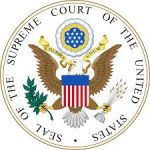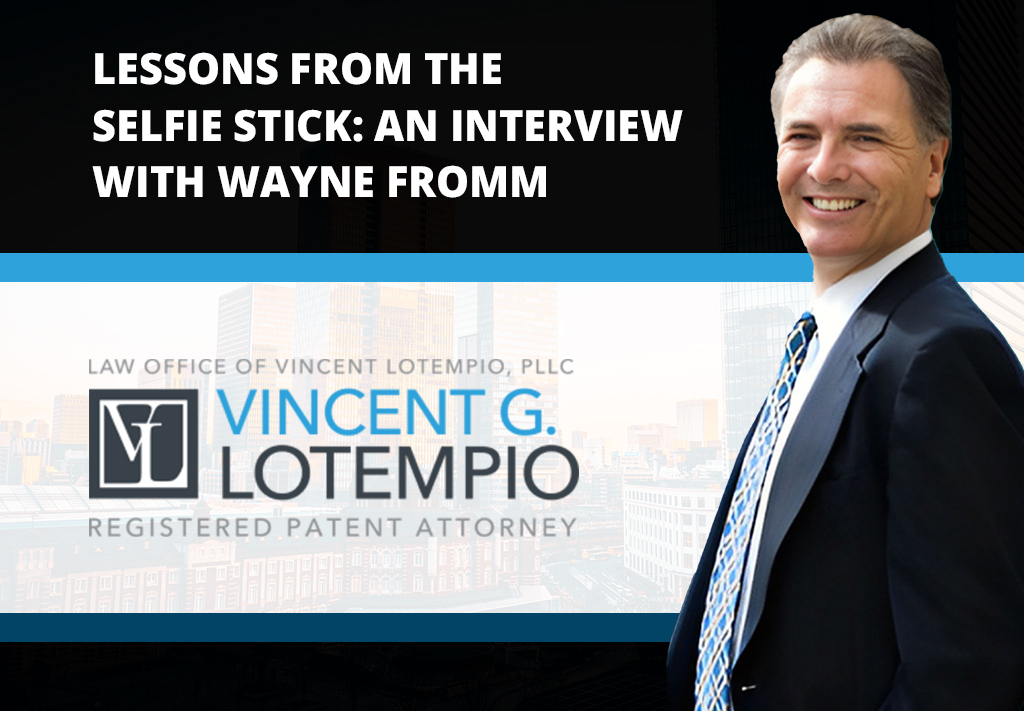The recent Supreme Court ruling about the legality of patenting human DNA was groundbreaking in fields of genetic research, setting the tone for rulings to come. In its decision, the Supreme Court unanimously ruled that human genes, even if they are isolated, cannot be patented under 35 U.S.C. §101.
Myraid Genetics Inc. held patents on BRCA1 and BRCA2 genes, which they discovered. However, as Justice Clarence Thomas wrote, “that discovery, by itself, does not render the BRCA genes…patent eligible.”
What the court decided is patentable is the synthetic form of DNA (cDNA) that lab technicians at Myriad created, as this was a new creation.
You may be asking yourself, what do these genes even do? Why does Myriad need to patent someone’s DNA?
Well, these isolated sections are linked to breast and ovarian cancer, and are a huge part of cancer research. To give Myriad a monopoly on these human genes would hinder other breast and ovarian cancer researchers everywhere, essentially halting the scientific quest for a cure.
To give Myriad a monopoly on these human genes would hinder other breast and ovarian cancer researchers everywhere, essentially halting the scientific quest for a cure.
The public also benefitted from this decision in part from the favorable ruling on cDNA under 35 U.S.C. §101. Using this synthetic material, Myriad’s BRACAnalysis test, which determines whether a woman has the genetic mutation that increases her susceptibility to cancer, can keep advancing and evolving. The company’s chief executive Peter D. Medrum stated:
More than 250,000 patients rely upon our BRACAnalysis test annually, and we remain focused on saving and improving peoples’ lives and lowering overall health-care costs.
With this ruling to not allow the patents of human DNA, while allowing the patenting of synthetic genetic creations, the Supreme Court upheld the purpose of patent law: to protect the public, not the pockets of the patent holders.
Read More at The Washington Post.com









